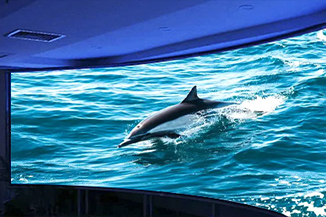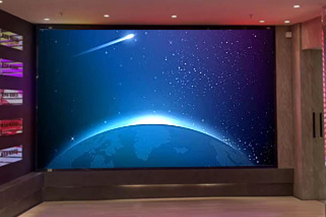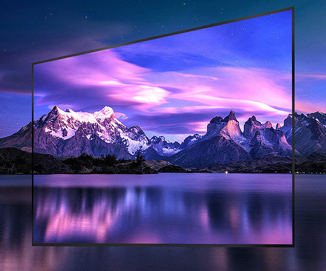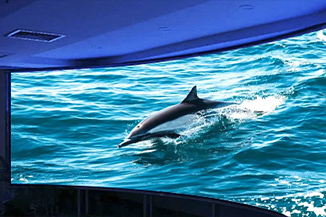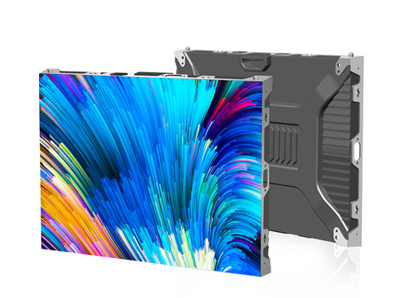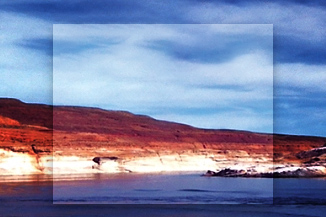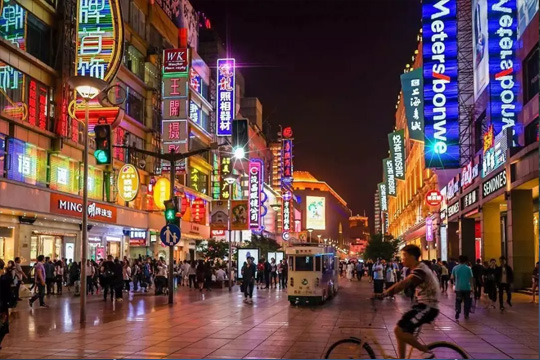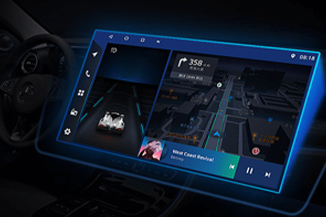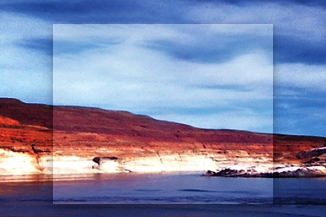Publisher: Supplier of LED Display Time: 2024-11-12 11:13 Views: 2125
In today's digital display ubiquitous era, LED display with its high brightness, bright colours and flexible features, widely used in advertising, stage performances, sports events, information dissemination and many other fields. However, for users and developers, an important consideration is its energy consumption, specifically, how many watts per square of LED display. LCF editor will analyse the mystery of energy consumption of LED display in this article.
The basic composition of LED display power consumption
LED display power consumption is mainly composed of two major components. One is the energy consumption of the LED lamp beads themselves, which is the most important part. There are differences in the power of different types and specifications of LED lamp beads. For example, the power of beads used in regular indoor full-colour LED display may be relatively low, generally between 0.02 watts and 0.2 watts each. And outdoor large LED display in order to ensure visibility in the bright light, lamp bead power will be greater, some single up to 1 watt or even higher. Another part of the display is the power consumed by the driver circuit, although compared to the lamp bead energy consumption accounted for relatively small, but also can not be ignored, it is for the normal operation of the LED lamp beads to provide a stable current and voltage.
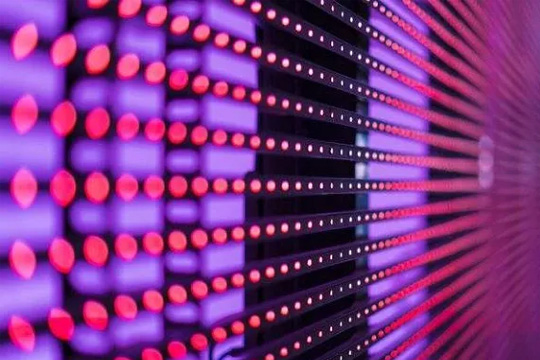
Factors affecting the wattage of LED display per square metre
1. Point spacing
Point pitch is a key parameter of LED display. The smaller the dot pitch, the more LED beads per unit area. For example, P1.2 (1.2 mm dot pitch) display than P3 (3 mm dot pitch) display in the same area under the number of lamp beads is much more. The increase in the number of lamp beads will naturally lead to a rise in power, in general, P1.2 small pitch LED display power per square metre can be up to 300-500 watts, while P3 display per square metre may be in the 150-250 watts or so.
2. Brightness requirements
Brightness is directly proportional to power consumption. For outdoor application scenarios, high brightness is needed to fight against sunlight and other strong light interference, which requires higher power to drive the LED lamp beads to emit light. Outdoor full-colour LED display may have a power of more than 500 watts per square metre to ensure that the picture is clearly visible under sunlight on a clear day. While indoor display due to the relatively weak ambient light, the brightness requirements are lower, the power per square metre is usually about 100-300 watts.
3. Colour type
The power of LED beads of different colours also varies. Generally speaking, the power of white LED beads is relatively high, because white light requires higher energy to excite. In full-colour displays, if the proportion of white increases, the overall power consumption will increase accordingly. For example, under certain advertising display contents with white as the dominant colour, the power of the display will be slightly higher than when other colours are the dominant colour.
The significance of LED display power management
Understanding the wattage per square metre of LED display is of great significance to users and society as a whole. From the user's point of view, accurately grasping the power consumption helps to reasonably plan the power supply and cost budget. Especially for large-scale use of LED display commercial places, such as large shopping centres, stadiums, etc., lower power consumption means lower operating costs. From the energy and environmental protection level, with the global emphasis on energy saving and emission reduction, reducing the energy consumption of LED display is in line with the requirements of sustainable development. By optimising the design, such as adopting more efficient LED lamp beads and driving circuit technology, the power can be reduced while ensuring the display effect, reducing energy consumption and greenhouse gas emissions.
Impact of technology development on power consumption
In recent years, LED display technology has been advancing. New LED materials and chip design make the light-emitting efficiency of lamp beads increase dramatically, and the power required under the same brightness is lower. At the same time, the application of intelligent control technology also helps to reduce power consumption. For example, through the ambient light sensor to automatically adjust the brightness of the display, reduce power output in the darker environment, not only save energy, but also extend the service life of LED lamp beads.
In short, how many watts a square LED display this seemingly simple question, in fact, involves a number of technical and application level factors. With the continuous development of technology, we have reason to believe that the LED display will maintain excellent display performance at the same time, to achieve lower energy consumption, for our life and work to bring more energy-saving and environmentally friendly visual display solutions.
The above is the energy consumption mystery of LED display screen which is compiled by LCF editorial, hope it is helpful to you, and welcome you to add or correct it.LCF is a national speciality, speciality, speciality, speciality and new small giant enterprise and national high and new technology enterprise integrating research and development, intellectual property, sales, operation and service.If you need to buy LED electronic display friends can also directly contact the LED display manufacturer LCF, the big country brand, trustworthy!
